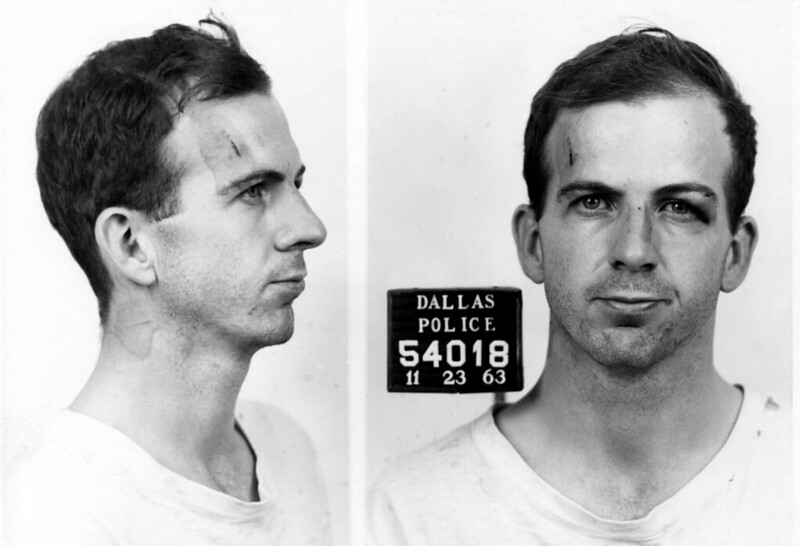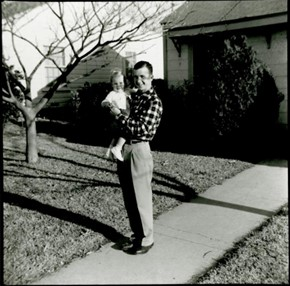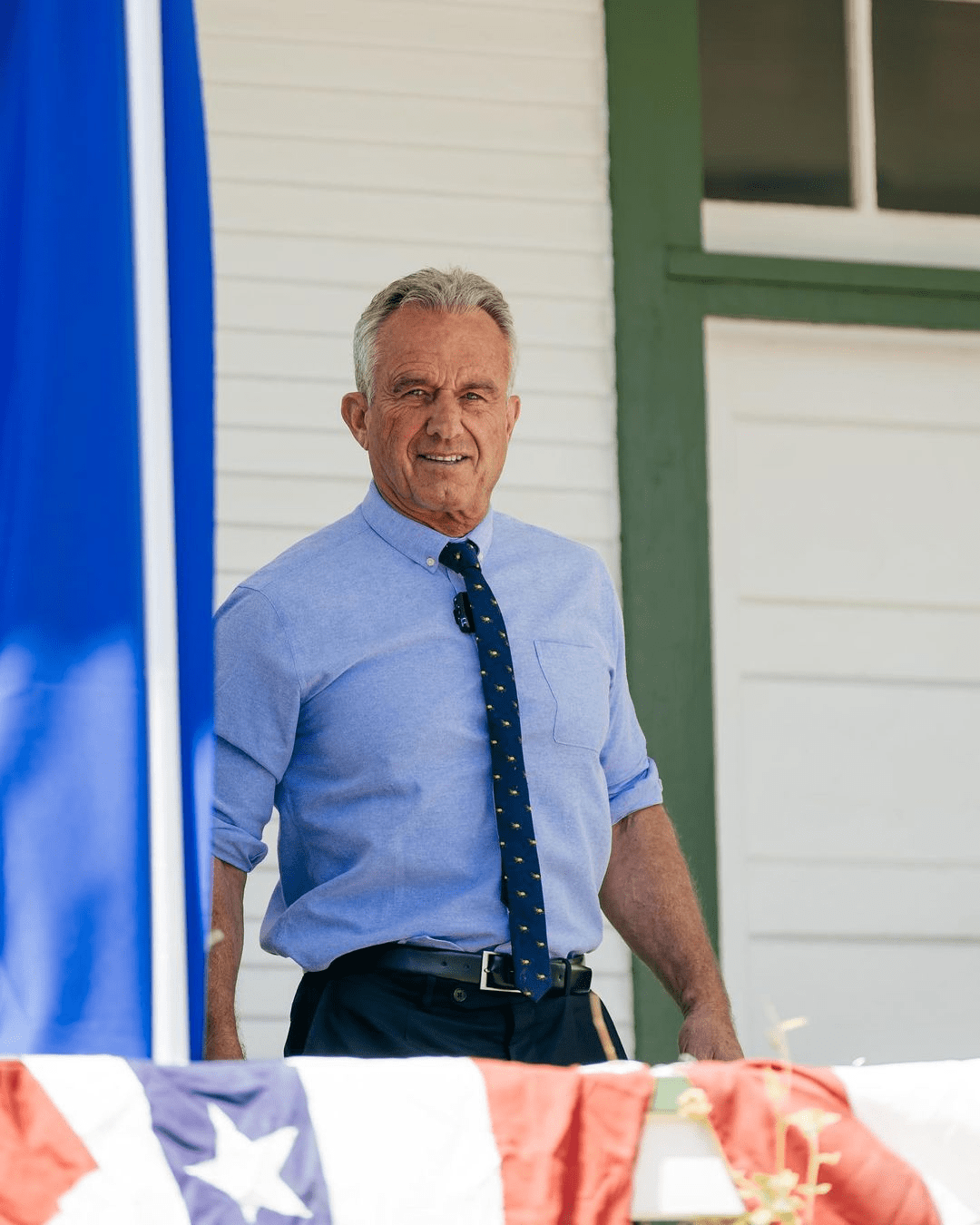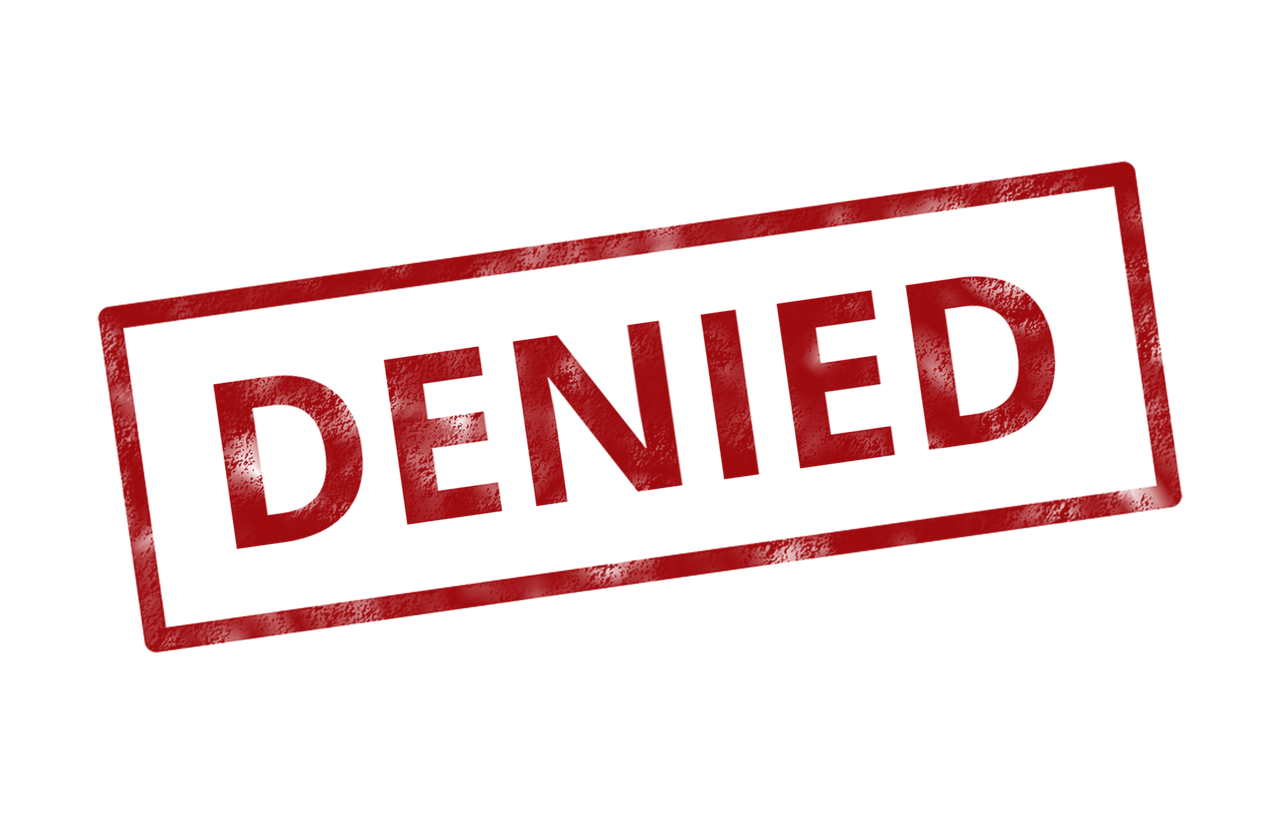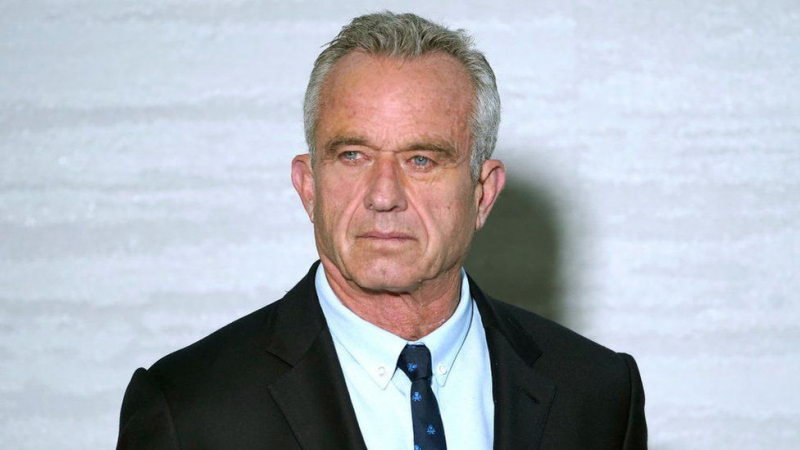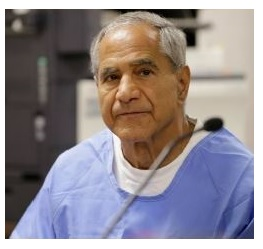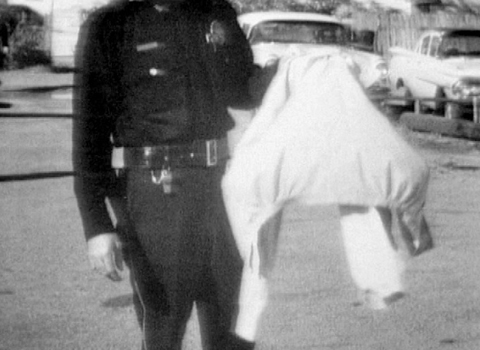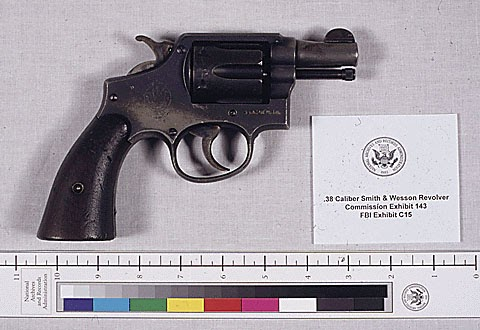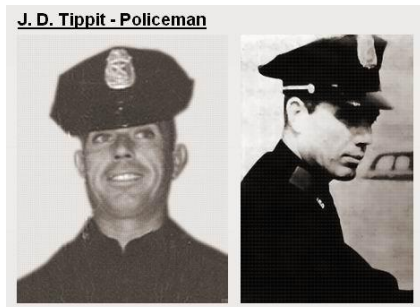- Jake Fernandez
- Blogs
- Hits: 457
The Other Side of Oswald: 3 Reactions to His Arrest
Before Lee Harvey Oswald became known for all the wrong reasons, he was like every other person. Unlike how he’s portrayed in mainstream media, Oswald was someone his children looked up to, an individual who contributed to society, and, most importantly, someone who admired and supported President John F. Kennedy.
In our latest article, we discuss the testimonies following Oswald’s arrest; their surprise is yet another indication that Oswald was no more than a scapegoat.
- Francis Martello
Warren Commission staff member Wesley Liebeler asked Francis Martello if he was surprised upon learning that Oswald had been arrested for shooting President John F. Kennedy.
The records show that then-Lieutenant Martello had interviewed Oswald following a previous arrest in August 1963.
Martello responded to the question in the affirmative, expressing his surprise and emphasizing that Oswald did not come across as a violent individual during their interview. He described Oswald as passive and non-violent in his demeanor and appearance.
Martello went as far as to state that he couldn't have imagined or believed that Oswald would commit the alleged acts attributed to him.
- Sam Ballen
In his Oswald testimony, Sam Ballen said he became acquainted with Lee Harvey Oswald through a mutual friend named George De Mohrenschildt. De Mohrenschildt informed Ballen that he had met an intriguing couple, the Oswalds, who had recently arrived in Dallas and Fort Worth from Russia.
Oswald was facing financial difficulties and needed employment. At the request of De Mohrenschildt, Ballen agreed to meet with Oswald and help him find a job. Ballen and Oswald had a two-hour meeting in Ballen's office, after which the latter left for a meeting at the Republic National Bank.
When asked about the arrest, Ballen said he was surprised to hear it. He explained that he did not believe Oswald was the type of person capable of such an act.
Ballen said if you were to line up 50 individuals, Lee Harvey Oswald would stand out as the least likely suspect, as he didn't fit the profile of someone who would commit such a crime. Thus, Ballen's surprise stemmed from his perception that Oswald did not fit the typical profile of a person capable of such actions.
- Buell Wesley Frazier
Buell Wesley Frazier was a friend and coworker of Oswald’s.
He revealed in an interview that Oswald had a strong affection for children. Frazier recounted how he often engaged in conversations about the neighborhood's children, and how many of them regularly sought out the Paine house, where Oswald and his daughter lived, to partake in play and social interactions with him.
His statements emphasize Oswald's more personal and ordinary qualities in contrast to the public image of him as an assassin. They also indicate that he had everything to lose by committing such an act.
Proving Lee Harvey Oswald can bring us closer to the real killers of President Kennedy. Help us raise our voice by looking beyond conspiracy theories to the cold, hard facts supporting a much more sinister truth.
Reach out for more details and general inquiries.


